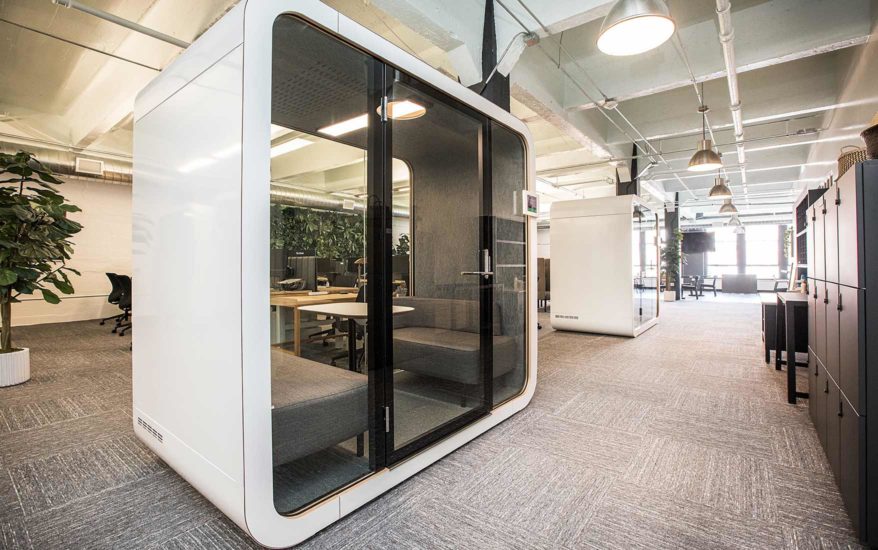
In today’s rapidly evolving work environment, the traditional office space is undergoing a
significant transformation. As we step into a more dynamic era of work, it’s crucial to
rethink and reshape workplace design with a focus on the well-being and productivity of
employees. This approach not only enhances employee satisfaction but also drives
organizational success.
Understanding the shift in workplace design
Recent studies indicate that 47% of employees cite their working environment as a crucial
factor affecting their productivity. This statistic underscores the importance of designing
workspaces that are not only functional but also conducive to employee well-being. The
modern workplace is no longer just a place to work; it’s a space that supports
collaboration, creativity, and comfort.
Employee-centric design principles
• Flexibility and choice: Offering a variety of workspaces that cater to different tasks
and working styles is essential. This includes quiet areas for focused work,
collaborative zones for team activities, and relaxed spaces for breaks. A survey by
Gensler revealed that employees in high-performance workplaces are more likely to
have access to various work settings.
• Ergonomics and comfort: Investing in ergonomic furniture and a comfortable work
environment pays off by reducing health issues and enhancing productivity.
Ergonomic chairs, adjustable desks, and adequate lighting are fundamental in
creating a healthy workspace.
• Technology integration: In the digital age, seamless technology integration is
critical for efficient workflow. Providing tools that facilitate easy communication
and collaboration ensures that employees can work effectively, whether they are in
the office or working remotely. Tools such as workspace scheduling technology
empower employees to manage their time and space efficiently, enhancing
flexibility and autonomy. This technology facilitates the optimal use of office
resources, ensuring that employees can find and reserve the spaces they need,
whether for focused work or collaboration, thereby boosting satisfaction and
productivity.
• Biophilic design: Incorporating natural elements into the workplace design has
been shown to reduce stress and boost mood and productivity. Elements like
natural lighting, indoor plants, and views of nature can significantly enhance the
work environment.
• Health and wellness: Workspaces that promote physical health and mental well-
being are becoming a priority. Features like wellness rooms, fitness centers, and
even the provision of healthy snacks can make a substantial difference in employee
satisfaction and performance.
The impact of employee-centric workspaces
Companies that prioritize employee-centric workplace design report higher levels of staff
retention and job satisfaction. A study by the Harvard Business Review highlighted that
employees working in well-designed offices were 16% more productive than their peers in
less optimized spaces.
Embracing employee-centric design for future-ready workplaces
As we navigate the future of work, it’s clear that the one-size-fits-all approach to office
design is becoming obsolete. By putting employees at the core of workplace design,
businesses can create environments that foster not only productivity but also a sense of
belonging and well-being. This strategic focus on employee-centric design is not just about
creating a functional space but about building a sustainable and thriving workplace
culture.
By embracing these principles, organizations can ensure they are prepared for the evolving
demands of the modern workforce, making them more resilient and competitive in today’s
fast-paced business world. For more about optimizing your enterprise’s workplace design
to put your employees first, get in touch with Condeco



